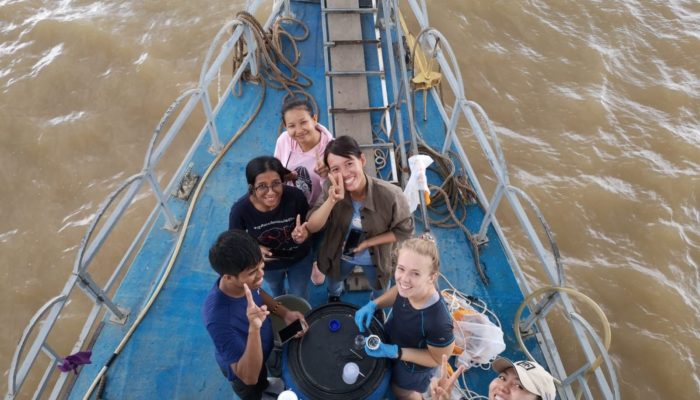Some 20 years ago, a group of young atmospheric scientists united to shake up the scientific publishing world. Their novel idea was to make the peer review process transparent and allow the scientific community to participate in the discourse – in the truest sense of the word: “reviewed by the peers.” From day one, this has been the foundation that EGU’s open access journals were built on. Today, ...[Read More]
Imaggeo On Monday: Graduate life – keep going, don’t give up

The Algarve barrier island system in southern Portugal: the land is sinking due to deltaic sediment compaction and urbanization, and the sea water level is rising due to global warming. Photo by Makan A. Karegar, description as shown on imaggeo.egu.eu. Imaggeo is the EGU’s online open access geosciences image repository. All geoscientists (and others) can submit their photographs and videos ...[Read More]
Who is an EGU Early Career Scientist Representative and what do they do?
Early Career Scientists (ECS) are students, PhD candidates and scientists who received their highest degree within the last seven years (with extensions for parenting, illness, disability and national service). We make up over 60% of the EGU membership and we are active in research, science communication, publishing, Equality Diversity and Inclusion (EDI) initiatives, networking, convening and mak ...[Read More]
A helping hand: what career support does EGU offer?

One of the biggest challenges anyone leaving their undergraduate degree faces is often what to do next? Do you pursue a career inside academia, or seek work in a different field, in industry or policy, or something completely different? What if you change your mind part way down one of those paths and want to change, either moving back into academic research at a later stage, or leaving academia a ...[Read More]


